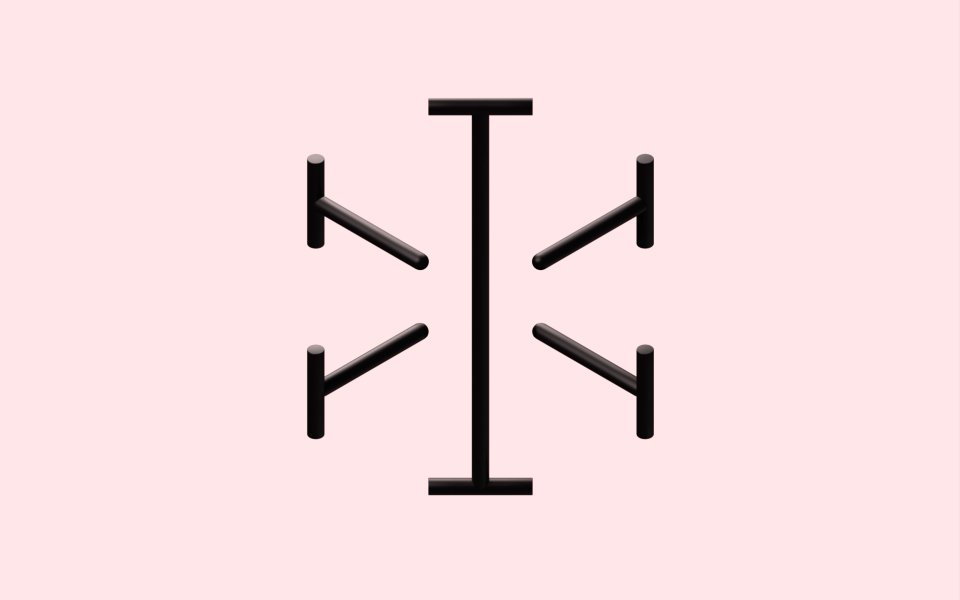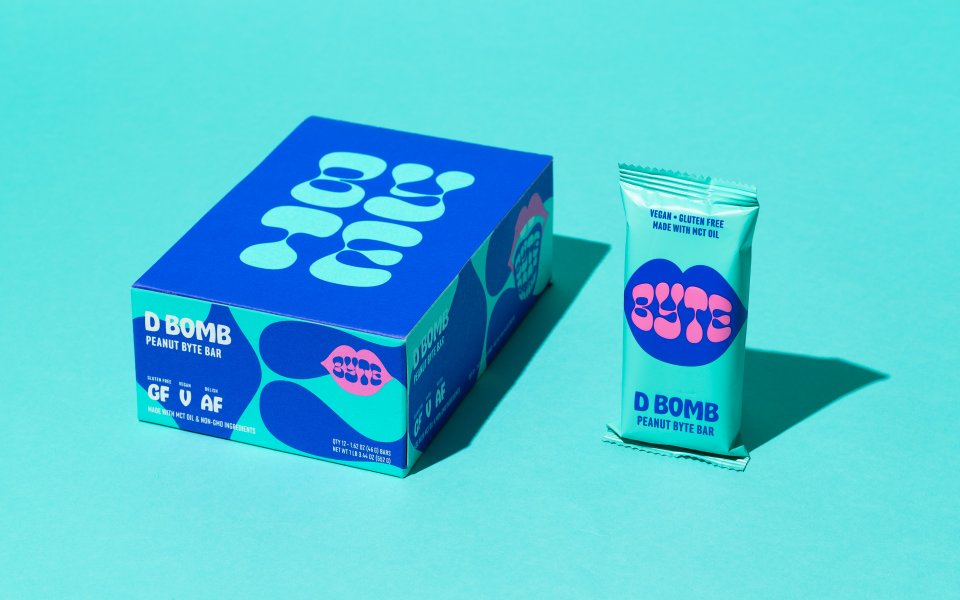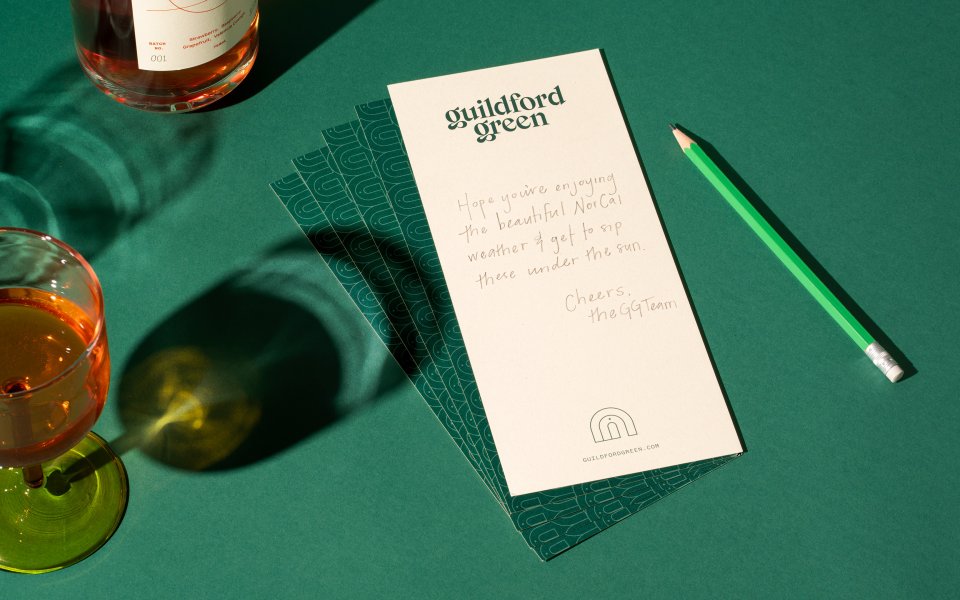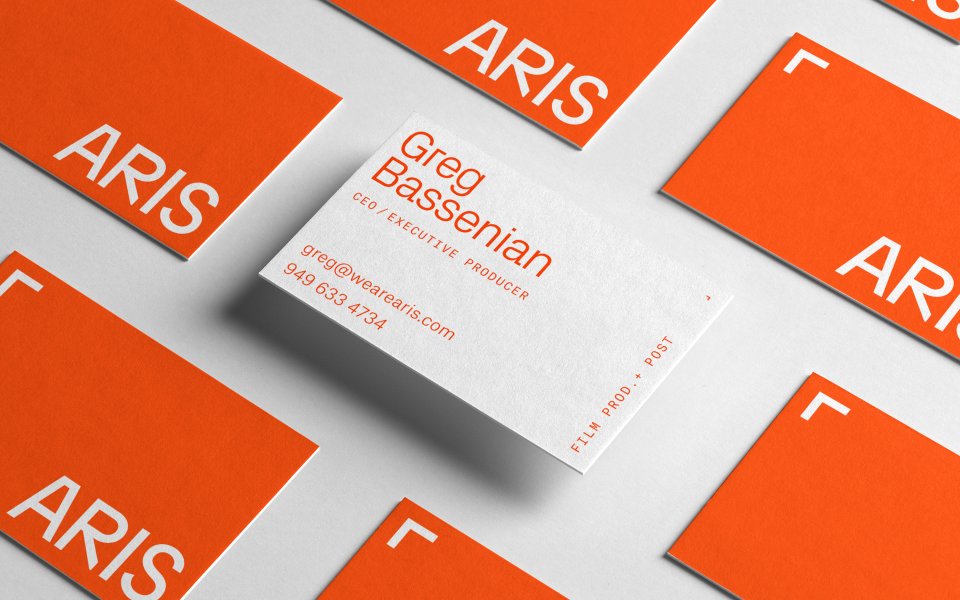
Ground|Water
Ground|Water
Bringing attention to Arizona’s water plight, Ground|Water eschews traditional methods of conveying scientific information to the public. Our goal was to create a sustainably-produced object that adequately showcases the intense visual nature of the book’s diverse content.
Scope
Book Design, Art DirectionCool Points
Sustainability Education, Eco Print Production, Women Led

01
Book Cover
Upon first glance, the cover graphic appears to be a simple line depicting a river, but the back of the book reveals it to be an informational graph of the devastating decrease in Arizona’s water table. The square shape, rounded corners, and exposed spine give the book a uniquely refined character and substantial presence, while the bare bookboard and uncoated paper reveal the inherent beauty of the raw materials.

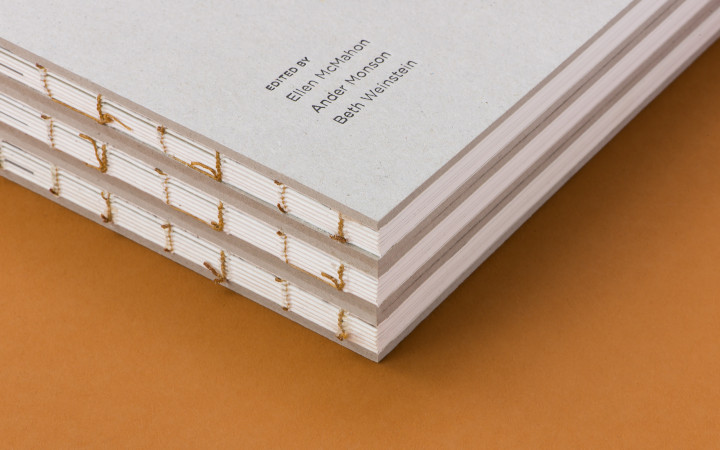
It seems an object of art before you even turn a page. Hopefully this is the direction in which bookmaking is headed—something worthy of being called a genuine artifact. If you wonder why they still print books in physical form, you haven’t seen Ground|Water yet.
Tim Hull, Tucson Weekly
02
Layout System
First and foremost, the design serves the content, resulting in a logical order and engaging pace. Focusing on function and legibility, we analyzed the assets and carefully planned a custom grid around a multitude of varying media including essays, images, diagrams, and poetry. In addition to the grid, the typography and colors culminate in a contemporary yet unassuming visual tone.








Sustainability
The key challenge for Ground|Water was to create an impactful object that adequately showcases its visual content, without being too extravagant as many similar books are. We carefully planned each detail of the book to minimize environmental impact and maximize recyclability.
We used a beautiful uncoated paper for the interior pages and specified a raw, uncoated coverboard to protect the exterior. The sewn binding uses cotton thread, a natural material that can be recycled with the book (without the need for separation) to become part of the next generation of postconsumer paper. The interior pages and endsheets were printed at a wind-powered facility using low-VOC and vegetable-based inks. Distance is also an important contributor to an object’s carbon footprint, and we were able to keep the production of the book to within 2 hours of the publisher’s headquarters.
Interior Interior
New Leaf Paper, Everest (White, 80# Text)
100% PCW (postconsumer waste) recycled fibers
Process Chlorine Free (PCF)
Manufactured carbon neutral (RECs from Green-e®)
Ancient Forest Friendly™ Certified
FSC® Certified (Forest Stewardship Council™)
Offset printed with Hostmann-Steinberg Perfexion low VOC (9–11%) vegetable-based inks (58–60% biorenewable content)
Printed in a carbon neutral facility (RECs certified by Green-e®) in Arizona, USA
Endsheets Endsheets
Mohawk Paper, Loop – Antique Vellum (Milkweed, 80# Text)
100% PCW (postconsumer waste) recycled fibers
Process Chlorine Free (PCF)
Manufactured carbon neutral (RECs certified by Green-e®)
FSC® Certified (Forest Stewardship Council™)
Manufactured in the USA
Offset printed with Hostmann-Steinberg Perfexion low-VOC (9–11%) vegetable-based inks (58–60% biorenewable content)
Printed in a carbon neutral facility (RECs certified by Green-e®) in Arizona, USA
Cover Cover
Gane Brothers & Lane Gane Coverboard (.118 bookboard)
100% recycled fibers
FSC® Certified
Manufactured in the USA
Letterpress printed with rubber-based inks in Arizona, USA
Binding Binding
Mechanical – Smyth sewn
Bound in Arizona, USA



I chose this entry for its attention to design detail and how those details align perfectly with the subject matter. From the paper choices, binding and letterpress technique to the typography, grid structure and color choices, this book demonstrates how a designer can extract an emotional response from a reader.
Bruce Stanley, UCDA Judge’s Choice






